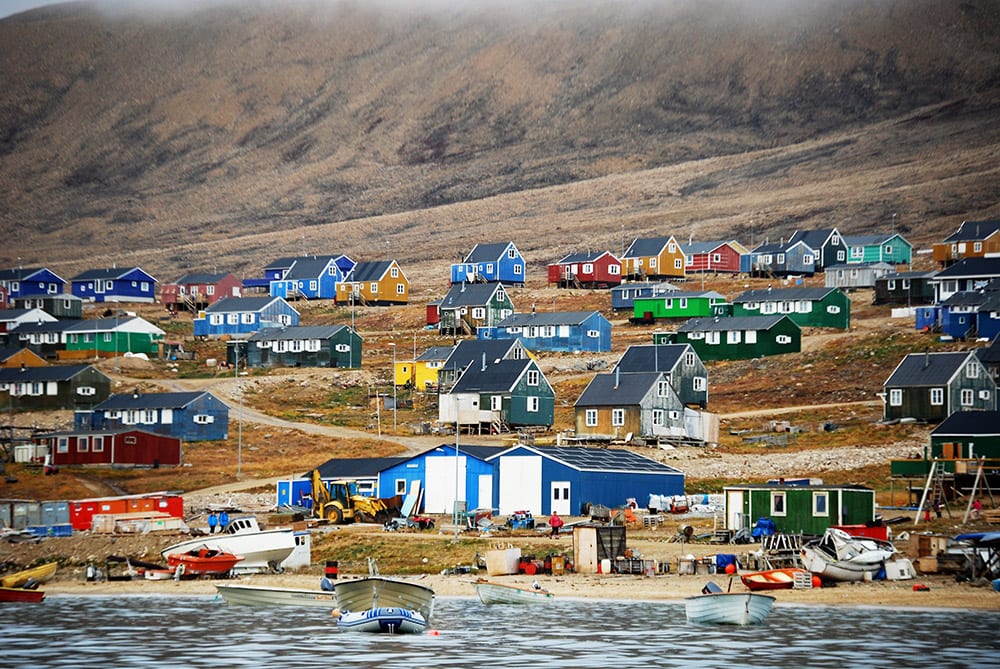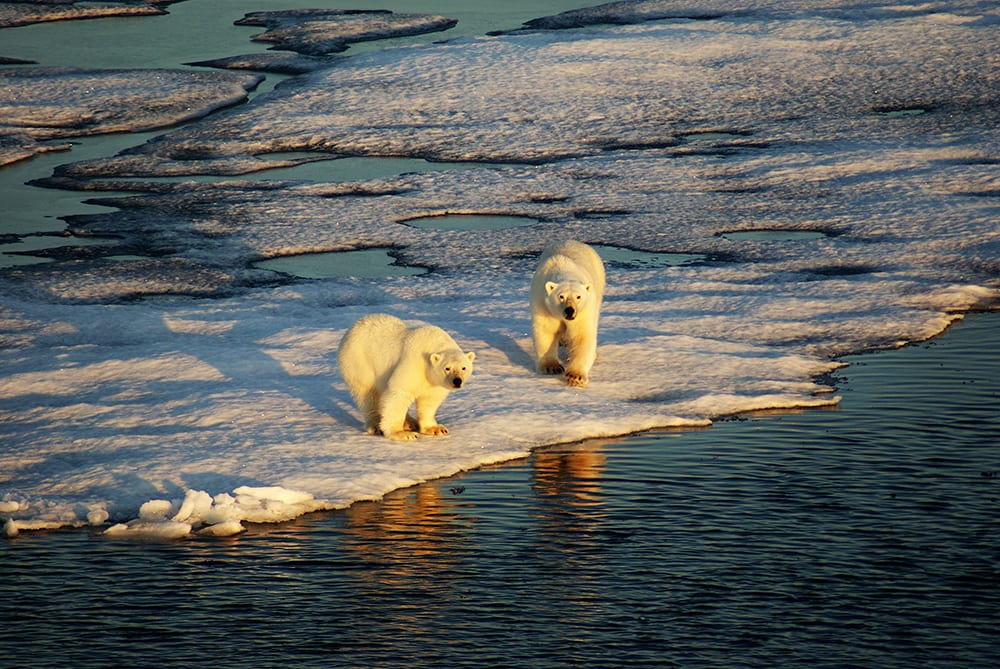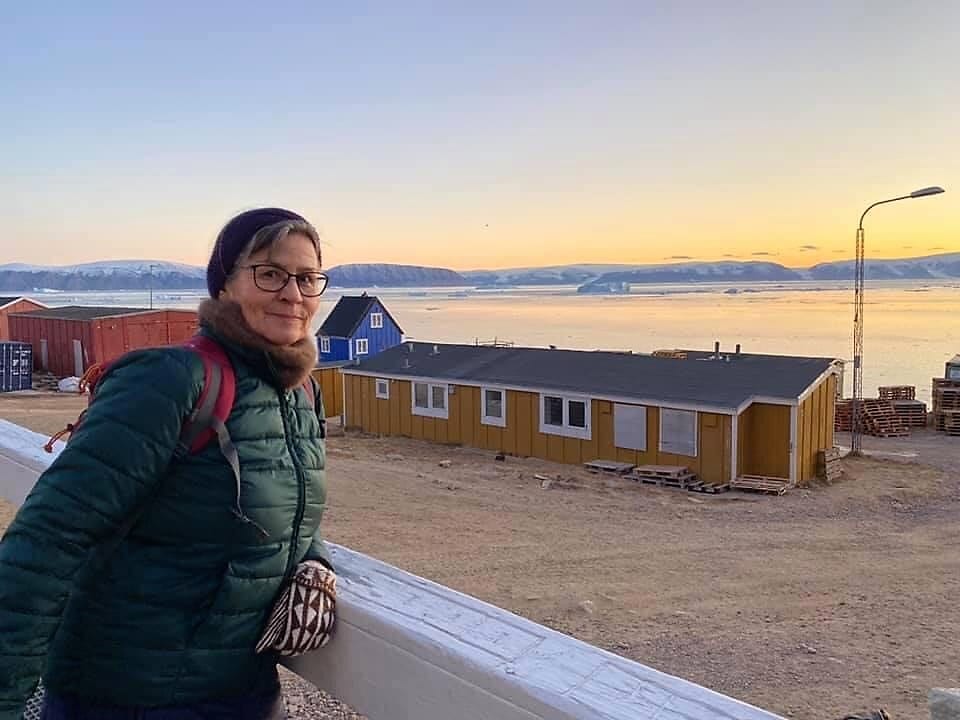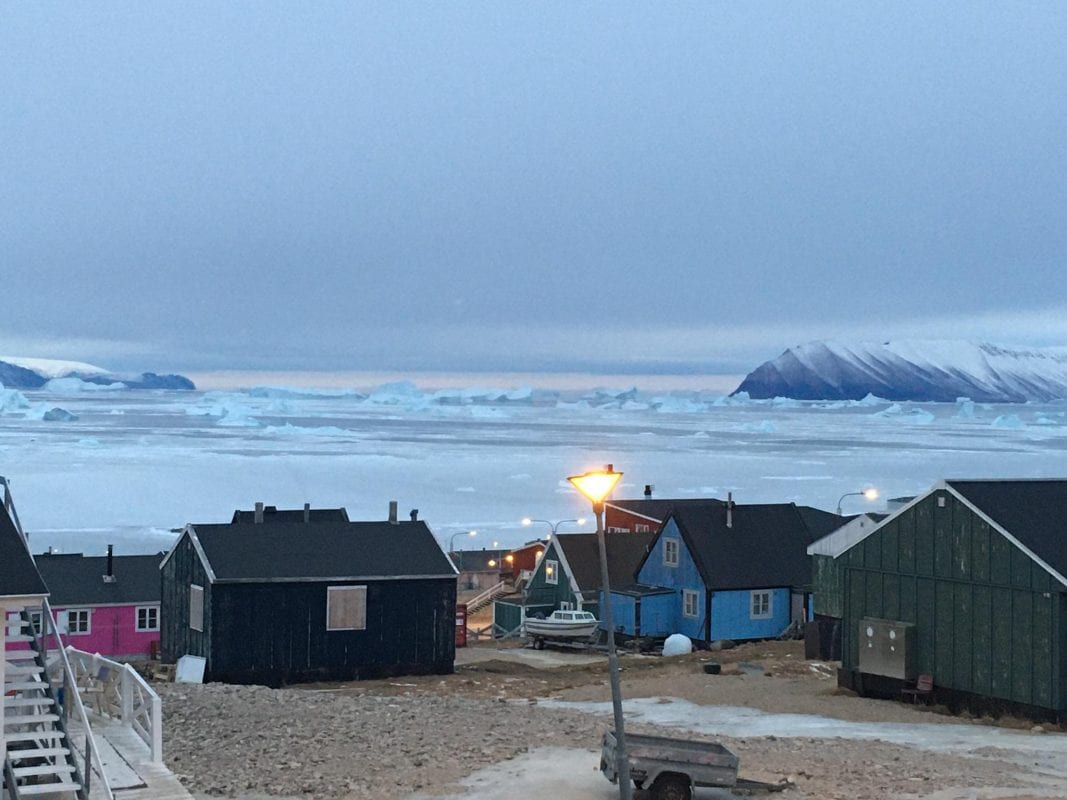To many of us, it’s a little scary to think that there are places in the world where the sun does not rise for a long time. One of those places is Qaanaaq, Greenland’s northernmost town. Ivalo Egede Lund is a nurse and currently works in Qaanaaq.
“This is the third time I have been to Qaanaaq for three months to work. I used to be the head nurse at Narsaq Hospital, but I chose to become a freelancer three years ago. Our children are grown up and have left home, so now I typically work in towns like Nuuk and Qaanaaq in Greenland, but also in Norway and Denmark,” Ivalo says.
It has always been one of Ivalo’s big dreams to come to Qaanaaq because her parents met here in the late 1950s and got married in Qaanaaq Church in 1960. When she is out working as a nurse, Ivalo is employed on local terms, so she feels local even when she is away from her hometown of Narsaq. Ivalo has been to Qaanaaq twice in the fall/early winter and once from February to May.
The Polar Night
“The polar night is called Kaperlak here, and it runs from October 24 to February 17. When the sun set for the last time this year, we went to the town hall. There were events for kids in the afternoon and music for adults at night. The coming of the time of darkness is not celebrated; we say goodbye to the sun. It’s different in February. On February 17, there is a celebration because the sun is back,” Ivalo explains.
“It’s not like it gets pitch dark all at once when the sun stops to appear in the sky. In October and November, it is still light for a long time in the day, even though the sun is hidden behind the mountains. Right now, the fjord has frozen. It’s too early to go out with heavy dog sleds, but you can walk on the ice. It’s fun to look out at the ice when it gets really dark during the day in December. The hunters go on dog sleds, make holes in the ice, set nets, and fish with their longlines. Then you can watch their headlamps moving around out there on the ice,” Ivalo laughs.



